All Stories
-
 Quantum Physics
Quantum PhysicsGoogle moves toward quantum supremacy with 72-qubit computer
Google’s 72-qubit quantum chip may eventually perform a task beyond the ability of traditional computers.
-
 Ecosystems
EcosystemsPollution regulations help Chesapeake Bay seagrass rebound
Regulations that have reduced nitrogen runoff into the Chesapeake Bay are driving the recovery of underwater vegetation.
-
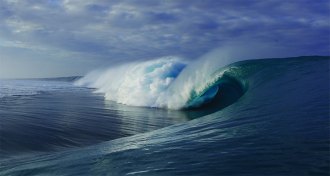 Earth
EarthBy 2100, damaged corals may let waves twice as tall as today’s reach coasts
Structurally complex coral reefs can defend coasts against waves, even as sea levels rise.
-
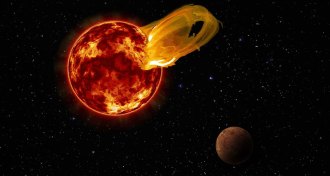 Astronomy
AstronomyMassive stellar flare may have fried Earth’s nearest exoplanet
A massive flare made Proxima Centauri 1,000 times brighter in 10 seconds, dimming hopes that its planet may be habitable.
-
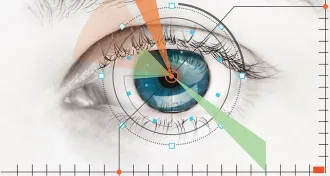 Artificial Intelligence
Artificial IntelligenceIn the future, an AI may diagnose eye problems
Artificial intelligence could help diagnose blinding eye diseases and other illnesses, speeding up medical care in areas where specialists might be scarce.
-
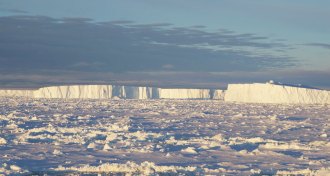 Earth
EarthCritter-finding mission to Antarctica’s Larsen C iceberg scrapped
Thick sea ice ended a rapid-response mission to study seafloor that lay beneath Larsen C iceberg.
-
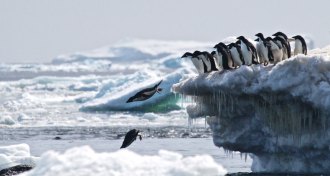 Animals
AnimalsPenguin supercolony discovered in Antarctica
Scientists have found a penguin supercolony living on tiny, remote Antarctic islands.
By Katy Daigle -
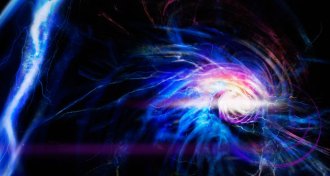 Physics
PhysicsKnotted structures called skyrmions seem to mimic ball lightning
Skyrmions in a quantum state of matter have something surprising in common with ball lightning — linked magnetic fields.
-
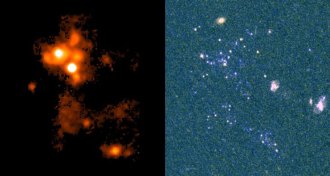 Astronomy
AstronomyLoner gas clouds could be a new kind of stellar system
Weird loner clumps of gas that have wandered for 1 billion years may have been stripped from a trio of larger galaxies.
-
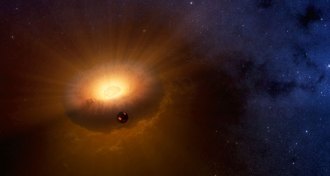 Planetary Science
Planetary ScienceHow a vaporized Earth might have cooked up the moon
A high-speed collision turned the early Earth into a hot, gooey space doughnut, and the moon formed within this synestia, a new simulation suggests.
-
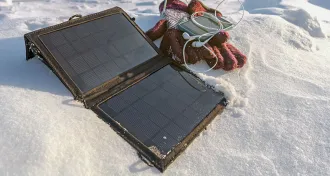 Chemistry
ChemistryExtreme cold is no match for a new battery
A rechargeable battery that works at –70° C could be used in some of the coldest places on Earth or other planets.
-
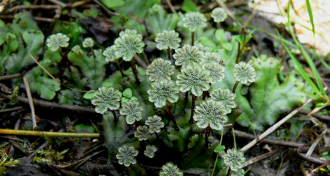 Earth
EarthEarly land plants led to the rise of mud
New research suggests early land plants called bryophytes, which include modern mosses, helped shape Earth’s surface by creating clay-rich river deposits.